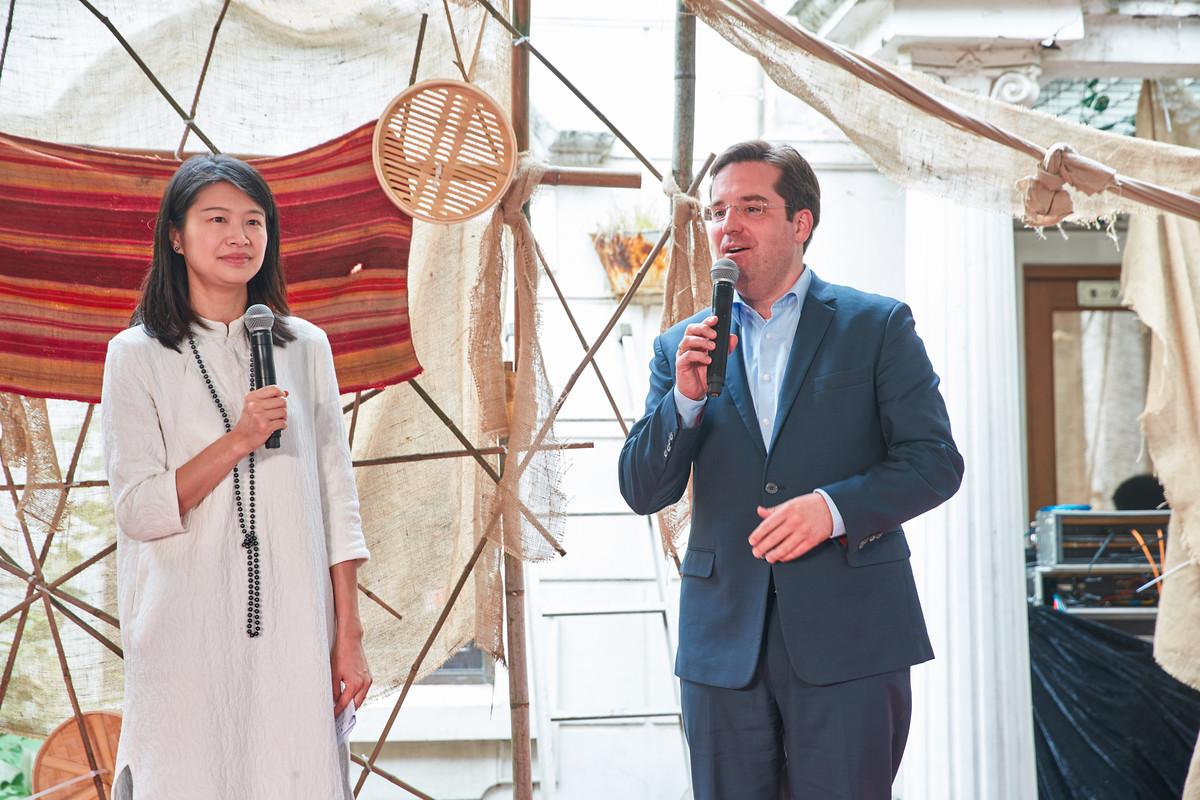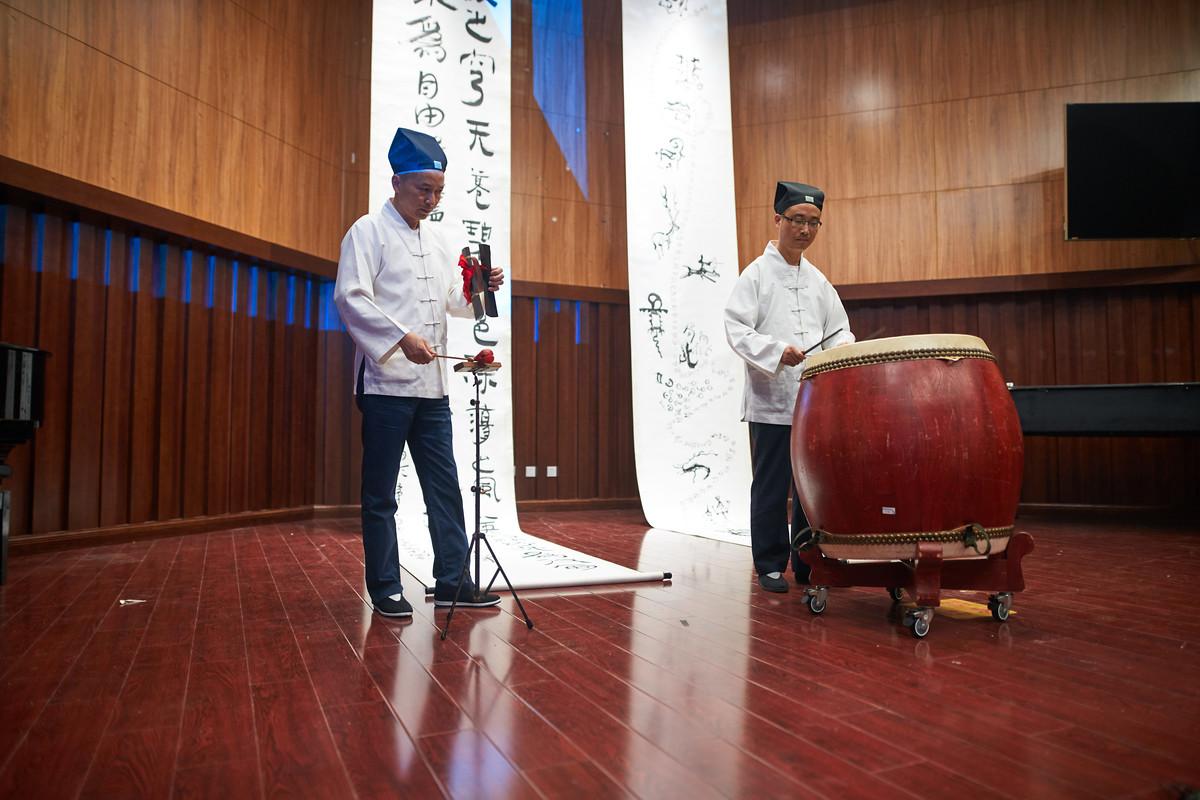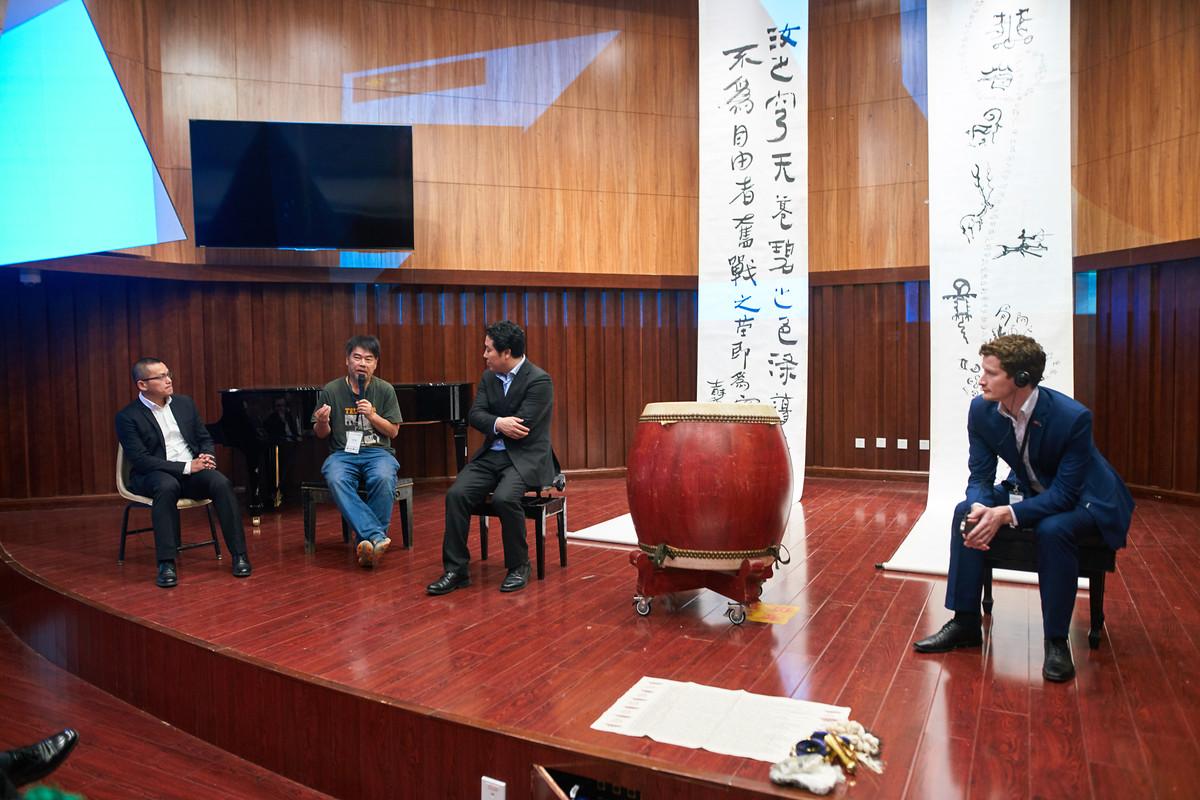Event reports
The forum introduced and discussed concepts and best-practice cases from different parts of the world showcasing a resource conserving treatment of water. A second project phase linked the challenges of urbanization with concrete issues of sustainable water management in rural areas which are located at headwaters of rivers and included a field trip to Yushu County in the Tibetean Tableau, where the spring of China’s three great rivers are located.
On June 5th 2016, the Summit was opened at the Shanghai Conservatory and emphasized the very basic demand for water in all areas of life.Tim Wenniges, head of the Konrad-Adenauer-Stiftung office in Shanghai, suggested in his opening remarks that water source is an economic and social issue that politicians should combine with the cultural heritage and technical questions together in order to tackle the pressing issues and eventually improve the current situation.
Several key note speeches showcased important perspectives on the topic. Naran Bilik, from Fudan University Shanghai, pointed out key elements to be considered in daily life. He urged people to build up stronger connections between Non-human sources and themselves by upgrading their thinking. Yang Yong, independent Scientist on Water and Environment related Issues started with an overview of the North-western areas of China. With a high speed economic development, the water scarcity issue is affecting the Eastern part of China more and more seriously.
Maximilian Rech, Assistant Professor at the ESSCA School of Management linked the issue of a sustainable water supply to the operation of businesses. He discussed the relationship among water, energy and waste. In order to avoid the severe decline of clean water sources, he suggested a feasible long-term plan for China, which involves local decision makers, businessmen, academia and the society. The government should target the water quality in national and regional scales, close the loop so that citizens will not waste more water and promote the idea of recycling waste water.
Zhou Lei, Director of the Oriental Danology Institute, listed the major impacts of the water crisis as based on aqua-architecture, cultural loss, social suffering and environmental degradation. Due to the human-caused development dilemma, it would be necessary to incubate the idea of a responsible and sustainable application of water sources to people around, so that the virtue of water gets higher appreciation. He also suggested to think outside the box in order to get a bigger picture of the major nexus of water sources that incorporates all the interaction between human beings and the nature.
During the following Q&A section, Kong Fuan, head of the Economic Council for Foreign Investments in Shanghai, highly recommended local governments, professional water experts and their teams and living communities to cooperate together to have activities that can let local civilians raise awareness towards the meaning of clean water sources.
In the afternoon two parallel panels discussed solutions from a design and technological perspective. Flavio Pazeto from the Brazilian Embassy in Beijing, recognized a huge space for China and Brazil to cooperate in dealing with water shortages. While Brazil holds 12% of global freshwater supplies with less than 3% of the global population, China has access to the equivalent of only half of the water supply in Brazil but with around 20% of the world population. In spite of these differences, the two countries share common challenges. Most water rich regions tend to be far away from the urban centers with the highest share of demand. Petras Shelton ZUMPANO , Head of BRICS Futures in Oriental Danology Institute, introduced his undergoing project The Okeanos Water Center in Shanghai Free Trade Zone, which promotes water risk management innovation and technological incubation. It will also facilitate cooperation on sustainability between enterprises in other global free trade zones and special economic zones, including in the Manaus free trade zone along the Amazon River. Scientific and financial advisors are currently being recruited to become members of the institute's supervisory board.
In Panel B Kai-Justin Radmann, from Hamburg’s water management consulting group Consulaqua, presented different cases from Germany dealing with the development of raw water sources. Introducing the current conditions of drinking water in Germany, Mr. Radmann stressed that underground water contamination as result of heavy agricultural and industrial activity as well as underwater salinization would be major challenges in Germany. He shared the case of a successfully implemented technology to produce solid water treatment in a low-pressure machine which could help achieve a constant level of salt water concentration and thus decrease the amount of costs compared to the energy and cost-intensive seawater desalination treatment.
Professor Zhang Qiong, Vice Dean of Architecture at Shanghai Jiao Tong University stressed the link between urban space and water that has been existing already in ancient times. To guarantee a sustainable urbanization, the landscape has to be protected from the people without losing the connectivity between people and the water. Therefore Prof. Zhang suggested more public open space for the purpose of absorbing heat; an increase in landscapes and more people-oriented ways of transportation such as bicycle paths. This could help to obtain the accessibility to water in the future. Dr. Wang Jieqiong from the Department of Landscape Studies at Tongji University, discussed the provision of eco-services as a means to foster sustainable urbanization. She introduced the case of Mengqing Park, the first constructed Wetland Park in Shanghai. From the perspective of environmental engineering and landscape architecture, the park is constructed to purify the water in five steps. She showed how important a collaboration between the practical and academic field is to assess possible efficiency potentials.
Mr. Chen Zujun from the Shanghai Water Bureau gave an overview of water source allocation in Shanghai. He stressed that intelligent water use, as well as the allocation and protection of water sources were major challenges for the Shanghai government. Shanghai is facing salt water intrusion and serious harms to the quality of surface water. With more than 23 water treatment plants Shanghai’s water resource management capacity was comprehensive, but the ongoing growth of Shanghai’s population would trigger serious challenges for the water provision safety. Exchanges and international cooperation would therefore be incremental to provide good practice experiences from other metropolises worldwide.
A study trip to Yushu County, Qinghai Province , enabled further impressive insights. The province is located on the northeastern part of the Tibetan Plateau and spring of the three great rivers in China. Glacier melting as effect of global warming already shows severe consequences for the ecosystem and endangers the country-wide water supply. The ongoing urbanization process that takes place in the rural-based areas of the county, increasingly causes water pollution at the head waters of the rivers. Meetings with local residents, experts and decision-makers enabled a fruitful exchange on challenges and potentials for cooperation between urban and rural areas. One of the key issues is how processes of urban planning and the growth of local communities can go along with the preservation of identity-creating cultural features and thus trigger consciousness and local-driven approaches to uphold a clean environment.





